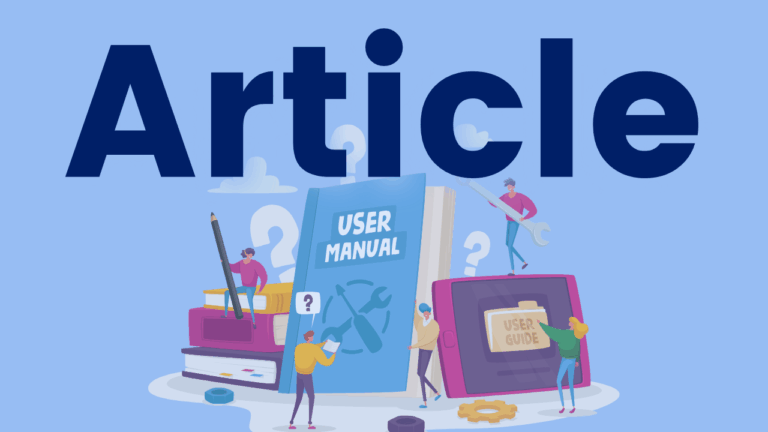Teaching Spelling: An Opportunity to Unveil the Logic of Language
Moats emphasizes the importance of spelling knowledge and language understanding in literacy development in this article. It highlights that spelling is not just about memorizing letters but involves various language aspects like pronunciation, spelling, meaning, and grammatical structure. Good spellers possess comprehensive mental images of words, while poor spellers may lack accuracy and completeness. Moats…

